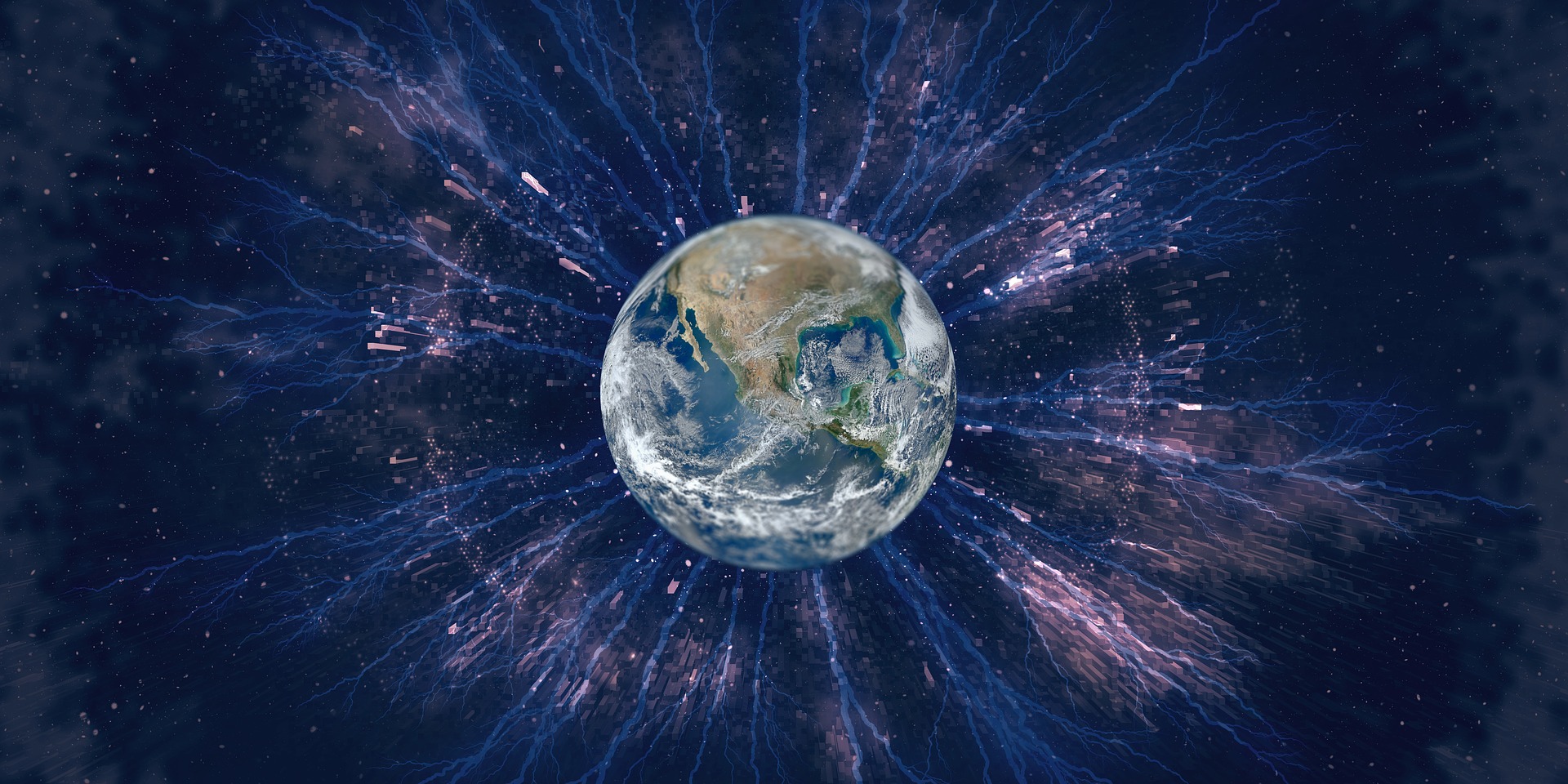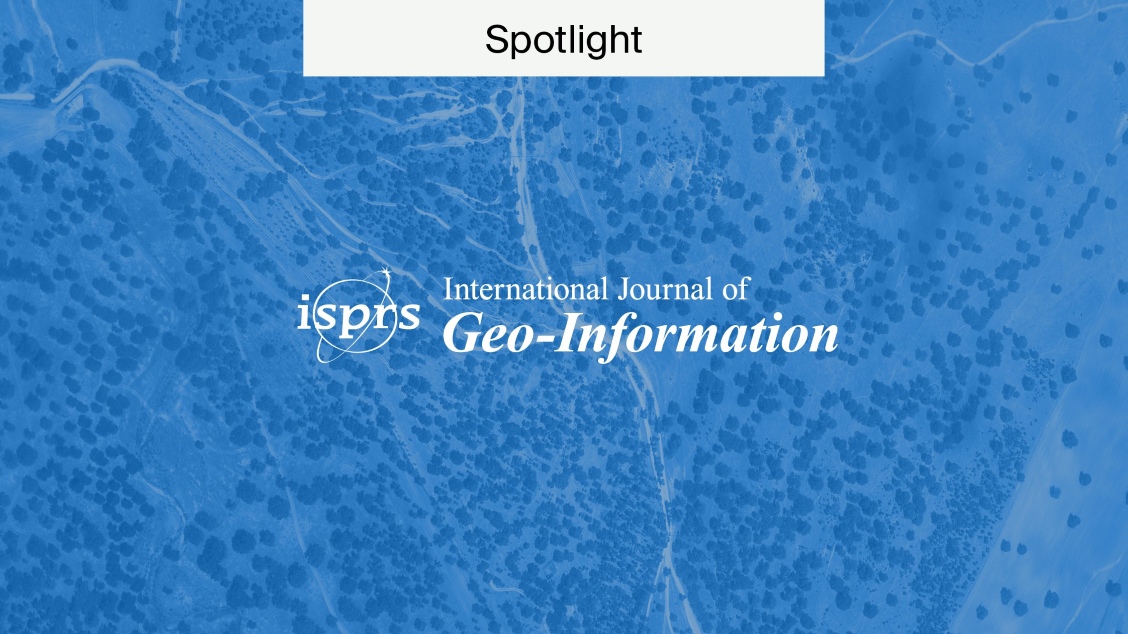
What is Space Junk and How Does it Get There?
Here, we answer the question of what is space junk and relate it to recent developments.
The Chang’e 5-T1 moon collision
A headline you might have seen a lot of in the news recently is the Chang’e 5-T1 moon collision, which was initially thought to concern Elon Musk’s SpaceX rocket—one of the boosters of Falcon 9, many of which have been lost or have exploded.
It has since come to light that the identified rocket was in fact the Chang’e 5-T1 booster, which is a test vehicle launched in 2014 as a part of the China National Space Administration’s lunar exploration program. After its launch, the rocket entered a highly elliptical orbit around the Earth . It is set to collide with the moon on 4th March 2022.
Experts have reassured that the collision will not have a large impact on the moon and is, in and of itself, quite unremarkable. The rocket is what is called ‘space junk’—disused machinery, such as rockets and satellites, which had originally been sent to space but never returned to Earth. Alongside these large pieces of machinery, tiny pieces of material that become dislodged from them, such as flecks of paint, are also distributed into space, creating a mess of orbiting debris.
Space debris
According to NASA, approximately 23,000 pieces of debris of 10 cm or larger, 0.5 million pieces of debris of up to 1 cm or larger, and 100 million pieces of debris of approximately 1 mm or larger currently orbit the Earth. This does not account for the millions of micrometre-sized pieces of debris that are too small to be detected.
Due to the high speeds at which orbital debris travels (up to 15,700 mph), even small items can cause a large amount of damage in the event of a collision with a spacecraft or satellite.
Asynchronous Synergistic Damage Effect of Atomic Oxygen and Space Micro Debris on Kapton Film in Coatings provides a multi-factor simulation of the space environment of spacecraft materials, including the effects of microdebris.
Collisions cause machines in the Earth’s orbit to facture into millions of microscopic pieces; the increased number of these pieces further increases the likelihood of another collision, and so on and so forth, triggering what is known as Kessler Syndrome.
What is space junk?
Currently, the phenomenon of space debris doesn’t threaten our ability to travel to space and make new discoveries; however, satellites are the most threatened resource, and as an increasing number of satellites are placed in orbit, the likelihood of needing to perform a collision avoidance manoeuvre in order to prevent damage or even total destruction also increases. Electric Propulsion Methods for Small Satellites: A Review in Aerospace is a review of how electrostatic, electrothermal, and electromagnetic propulsion systems installed on smallsats (satellites of less than 500 kg in weight) can perform orbital manoeuvring and collision avoidance, among other tasks.
One way to reduce the amount of debris circulating in orbit is controlled debris entry. Objects in low Earth orbit will re-enter the atmosphere naturally after several years, yet those in geosynchronous equatorial orbit can continue to orbit the Earth from hundreds to thousands of years. This is described by the Orbital Debris Program Office: “Controlled entry normally is achieved by using more propellant with a larger propulsion system to cause the spacecraft to enter the atmosphere at a steeper flight path angle.
How debris breaks down
The vehicle will then enter the atmosphere at a more precise latitude and longitude, and the debris footprint can be positioned over an uninhabited region, generally located in the ocean.” Once re-introduced into the atmosphere, debris will be broken down or destroyed by heating as a result of aerodynamic forces. The altitude at which different objects reach demise depends on the melting points of the materials from which they are made.
Tuning of NASA Standard Breakup Model for Fragmentation Events Modelling in Aerospace acknowledges the importance of the satellite breakup model for orbital debris environment evolution, with special emphasis on the NASA Standard Breakup Model, which is used as the global reference.
Comparison of Tethered Post-Capture System Models for Space Debris Removal in Aerospace discusses different space junk removal methods, namely, the modified dumbbell model, lumped-mass model, and the ANCF (Absolute Nodal Coordinates Formulation) model, to maintain the stability of the Earth’s orbit.
Further research
As mentioned above, although the space junk situation presents a relatively low-level threat at the moment, it will only continue to worsen if things go on as they are. By failing to use the Earth’s orbit responsibly and sustainably, we will forfeit its many uses, e.g., navigation, astronomy observations, and weather forecasting, in the long term.
If you’re interested in learning more about space, why not begin with our article Beyond the Moon.










